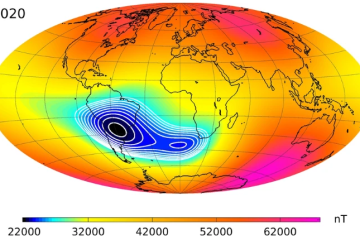The Importance of Saros Cycles in Astronomy

Introduction to Saros Cycles
The Saros cycle, approximately 18 years and 11 days long, is a critical concept in astronomy, particularly in predicting eclipses. Understanding Saros is essential for astronomers and eclipse enthusiasts alike, as it signifies the periodic nature of solar and lunar eclipses, providing a framework for their occurrence.
Understanding the Saros Cycle
The Saros cycle is unique because of its consistency in timing and the nature of eclipses it produces. One Saros later, the Earth, Sun, and Moon return to approximately the same relative geometry in a nearly identical configuration. This means if a solar eclipse occurs on a specific date, another will occur nearly 18 years and 11 days later, with a slight shift in geographic location. This phenomenon was noted by ancient astronomers who utilized it to predict the timing of future eclipses.
Historical Context and Usage
The Saros cycle has been part of astronomical folklore since ancient times. Notable civilizations, such as the Babylonians and the Mayans, had documented observations based on Saros cycles. For instance, the Babylonians tracked eclipses and used the Saros cycle as a primary method to predict future events, demonstrating an advanced understanding of celestial mechanics. The eclipses of 2023 serve as a testament to this knowledge, connecting modern observations with ancient predictions.
Recent and Upcoming Eclipses
The Saros cycle remains relevant today. The recent solar eclipse on October 14, 2023, coincided with a Saros from an earlier eclipse, allowing astronomers to predict its path with remarkable accuracy. Similarly, upcoming eclipses in 2031 and 2032 will also follow the Saros cycle pattern, encouraging enthusiasts to prepare for these celestial events. These upcoming events serve not only for scientific observation but also inspire public interest in astronomy.
Conclusion
In conclusion, understanding the Saros cycle is essential for both astronomers and the general public who wish to appreciate the intricacies of solar and lunar eclipses. As we look towards future celestial events, the Saros provides a reliable framework for prediction and understanding the cyclical nature of our universe. The connections made by this cycle draw a line from ancient predictive practices to modern science, emphasizing its ongoing significance in astronomy.







